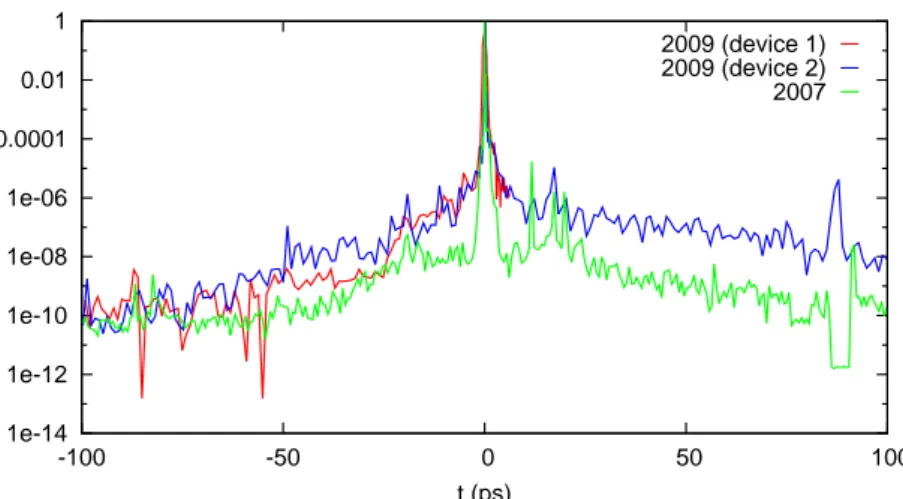Ion acceleration from laser-plasma interaction in underdense to near-critical regime: wakefield effects and associated plasma structures
Texte intégral
Figure




Documents relatifs
To this aim, I have generated a mouse line named mTOR MKOKI which is defective in endogenous muscle mTOR (mTOR MKO), while expressing a FLAG-tagged muscle-specific
produced a blast wave and created a steep variable density gradient in the gas density profile.. They also based their explanation on 2D PIC simulations.
- Dependence on electron temperature of reaction rates for H- formation by dissociative attachment (kl) and dissociative recombination (k2) and for H- destruction by
at the same rate, i.e. to higher temperature. Conse- quently the thermokinetic pressure increases which leads to the plasma expansion and cooling at the cutoff,
L’archive ouverte pluridisciplinaire HAL, est destinée au dépôt et à la diffusion de documents scientifiques de niveau recherche, publiés ou non, émanant des
L’archive ouverte pluridisciplinaire HAL, est destinée au dépôt et à la diffusion de documents scientifiques de niveau recherche, publiés ou non, émanant des
L’archive ouverte pluridisciplinaire HAL, est destinée au dépôt et à la diffusion de documents scientifiques de niveau recherche, publiés ou non, émanant des
We report results from a series of PIC simulations carried out to investigate the interaction of intense laser light with overdense plasma and in particular, aspects of the





